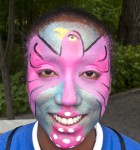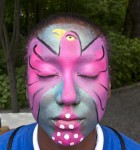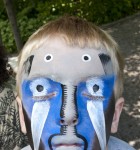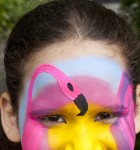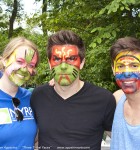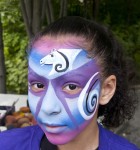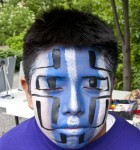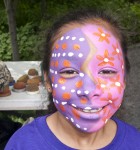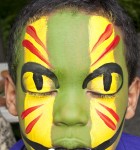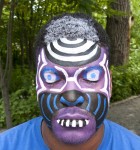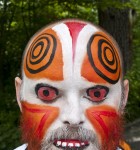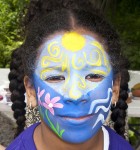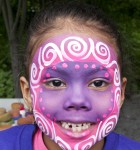by Christopher Agostino
My wife brought me a book of Maori folktales from the library: Land of the Long White Cloud: Maori Myths, Tales and Legends by Kiri Te Kanawa; © 1989; Arcade Publishing, Inc., New York. She came across it while looking for stories for a show she will be creating at an elementary school. The author introduces each tale briefly, writing about how she might have heard such stories as a child and what she imagined about them. The bio notes also explain that Kiri Te Kanawa is a famous opera singer and made her debut at the Royal opera House, Covent Garden, in 1971.
The tale “Mataora and Niwareka in the Underworld” especially caught my attention, as it offers a folkloric explanation for the origins of moko, the traditional facial tattooing of the Maori. In brief: a warrior chief named Mataora meets some beautiful women who come up from the Underworld. They tell him that the designs he has painted on his face are not true moko because they can be wiped off. He falls in love with Niwareka, winds up following her back down to the Underworld and meets her father, who is busy tattooing a young man’s face with a fine bone chisel. Mataroa sees that the process is excruciatingly painful but the man doesn’t cry out. Ue-tonga, the father, then tattoos Matarao’s face with “the intricate patterns, twirls and swirls” that make a warrior “look both frightening and beautiful.” Mataroa understands he must bear the pain bravely to receive the true moko, and afterwards he brings the tattoo tradition (and Niwareka) back up to the Overworld.
I’m fascinated by the idea in this tale that the Maori first painted their faces with the moko patterns before they used tattoo, Continue reading →
